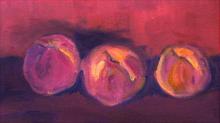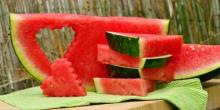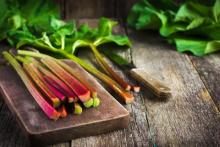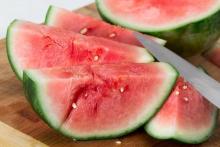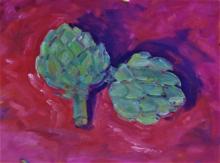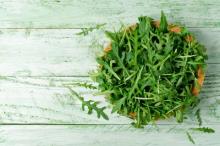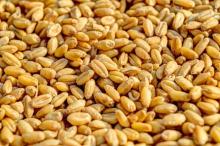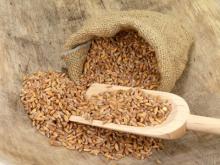Figs for Health - Fig and Ginger Jam Recipe
One of my favorite summer fruits is the beloved and magical fig. My grandmother had a huge fig tree in her backyard and every summer we would make fig and ginger jam. I cannot even begin to describe how delicious this jam was. And how wonderful the smell of the cooking jam was. I used to eat it on toast and straight out of the jar by the spoonfuls.
As a young girl, I just enjoyed the delicious flavor of figs and had no idea how healthy figs are for you.


